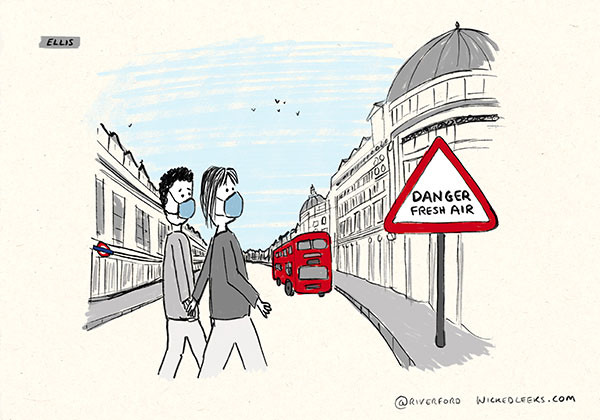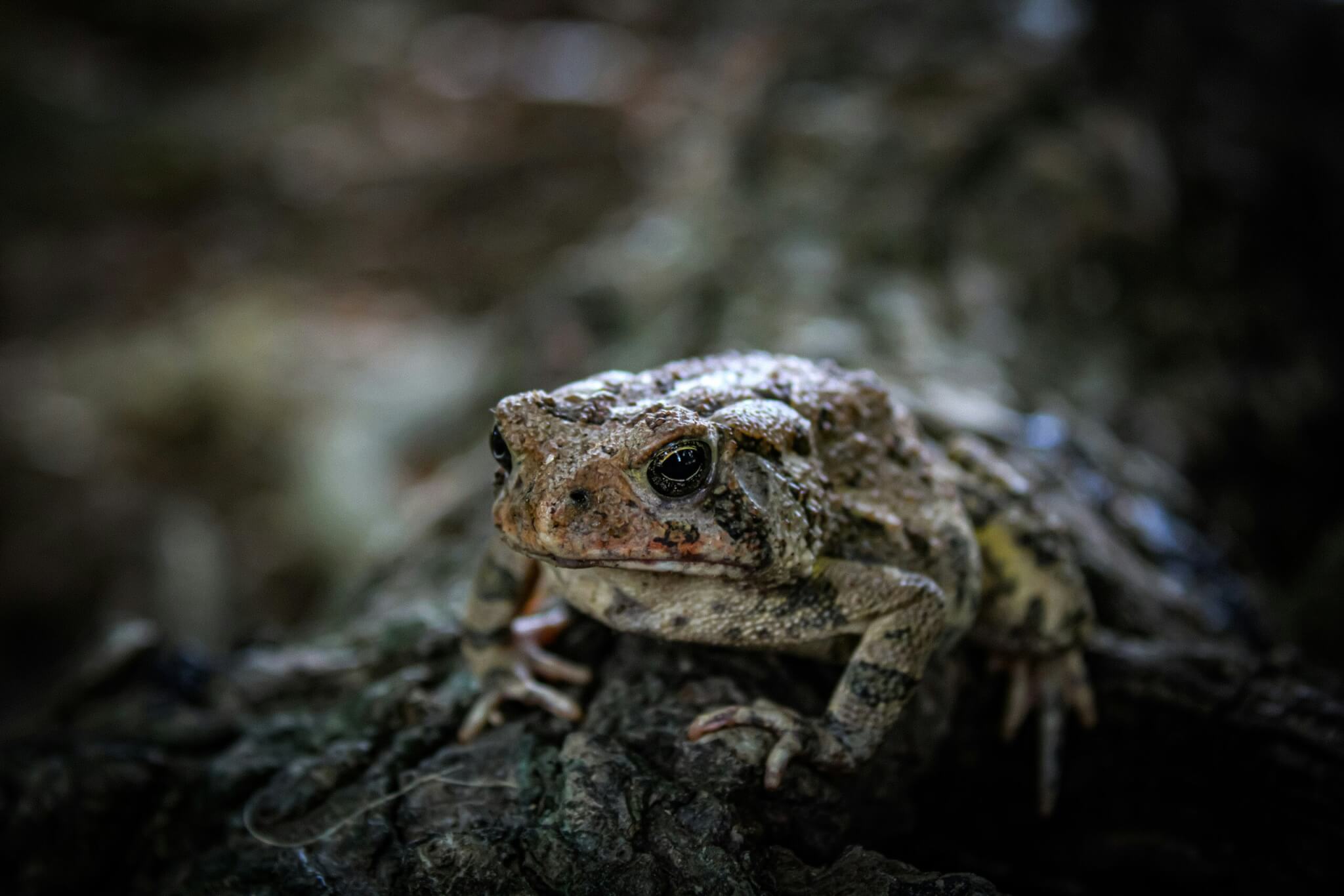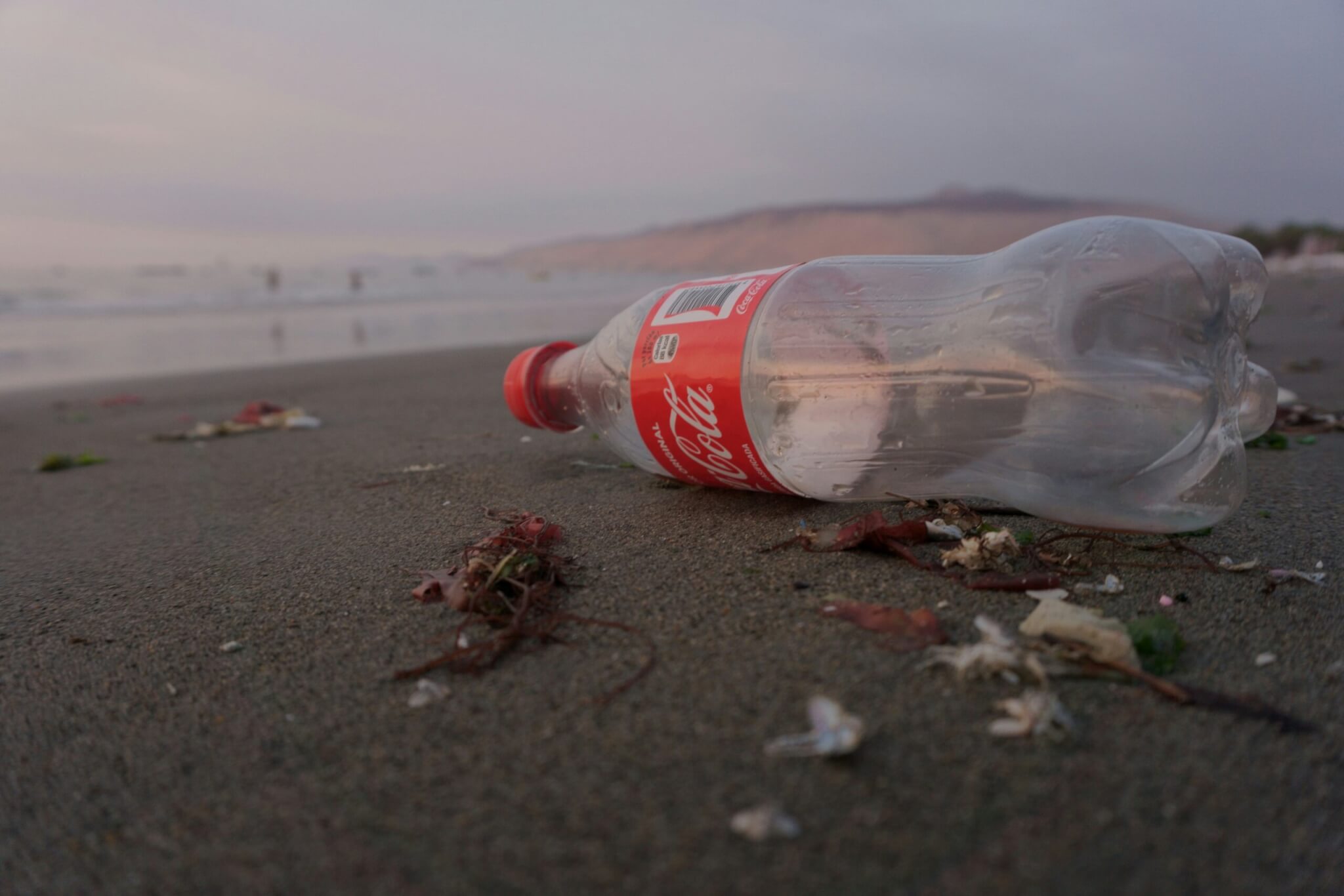At some point in the last ten days (my temporal reasoning is gone so I couldn’t tell you precisely when), I ventured out into what used to be known as ‘the real world’. I was given special dispensation to go to Oxford Street in central London and measure air quality with a couple of simple-to-operate pollution monitors, kindly loaned to me from King’s College London’s pollution science unit.
With my aethalometers tucked in my backpack, and marching determinedly along the silent streets, passers-by might have thought I answered the question of what became of Dora the Explorer when she hit middle age and developed an obsession with diesel emissions. Except of course there were no passers-by, save a solitary traffic warden.
The route from Hyde Park to Oxford Circus is well known to air quality researchers. There are plenty of comparable data and it is known to be one of the filthiest, lung-constricting, respiratory hell holes on the entire planet. Over the last five years, shop workers have been repeatedly sent warnings by public health scientists worried about the extent of the bad air they inhale every working day. But what could they do? It comes with the (low-paid) job, and apart from the odd store putting in a ‘breathing wall’ made of grass and plants, nothing much happens.
But on this occasion, I was struggling to notice any difference between my ‘clean’ reading, beginning in the middle of Hyde Park and the readings standing outside Selfridges department store. My data later revealed the air quality on Oxford Street to be as high as the air in rural Hampshire.
A lack of lockdown traffic leading to cleaner air might sound as revelatory as bears defecating in heavily forested areas. But the scientists assured me my data was important. All pollution data is. Because in order to ‘disrupt’ our urban traffic flow, our society requires an incredible evidence base. This points to a fundamental system weakness: air quality is consistently written off as ‘nice to have’ when, in fact, it is a matter of life or death.
I can only imagine the evidence and tenacity needed to bring in the Ultra Low Emissions Zone, introduced last year across parts of the capital. The very notion met severe resistance from many different types of drivers. But in truth this was a scramble to get vehicle emissions down to somewhere approaching the legal limits set by the World Health Organisation. The quest was not breathable air, but air that will lead to the deaths of fewer children. What a shameful position to be in.

The coronavirus lockdown has created a real ultra-low emissions zone and not only in London. It has resulted in a drop in traffic of near 75 per cent in many British towns and cities. Pollution from vehicles (particularly the tiny particles from diesel vehicles known as black carbon) is so low that pollution sensors in some areas were sending error messages back to research centres.
But while the pollution sensors may not be built for high air quality, we are. Covid-19 is a respiratory illness, clean air is (probably) a first line of defence. Certainly, those with debilitating non-Covid respiratory conditions have reported being able to breathe better than they had in years.
But as ever, it’s more complicated than that. Despite the drop in black carbon and other vehicle-related emissions, despite the error messages from pollution monitors, there were still a couple of high pollution episodes in central London among this period. The complete data sets are not yet in, but these episodes will have dragged perfect air quality scores downwards.
The reasons? Most experts I talked to mentioned the weather conditions – a lack of wind that meant pollution particles settled, as well as the influence of ammonia used in conventional agriculture. It was a reminder that the long shadow of agricultural pollution extends to urban areas, too. When we talk about cleaning up our act, we have to think holistically.
So not perfect air quality, but breathable air. And breathable air creates a liveable city and gives us happier healthier citizens. It is also an elemental human right. You may have heard chat about this crisis being a great leveller; it isn’t. Covid-19 is not an equal opportunities killer. Emerging research shows the most disadvantaged to be at the most at risk. Research last week suggested a correlation between exposure to pollution and risk of contracting the virus, although this is yet to be peer reviewed.
Ironically, this eerie and distressing moment may have provided some respiratory respite. And it’s not just vehicle emissions: we have also experienced a reprieve from other forms of pollution too, such as plane noise. Many will remember birdsong as the soundtrack to these strange, unnerving days. It doesn’t look as though this will translate into enough of a carbon win to get complacent about that other crisis – hello, climate breakdown! – but it does raise the question, ‘which life sustaining benefit would you like to give up?’.
I asked Professor Anna Hansell from the University of Leicester whether she had ever thought in her career that she would see a drop in traffic pollution leading to a boost in air quality like this. “Only when EVs (electric vehicles) were mainstreamed,” she said after a beat. It was a reminder of what needs to happen next unless of course we elect to return to the filthy air we had in the real world.













We’re currently revisiting His Dark Materials, so I misread the term in the second paragraph!